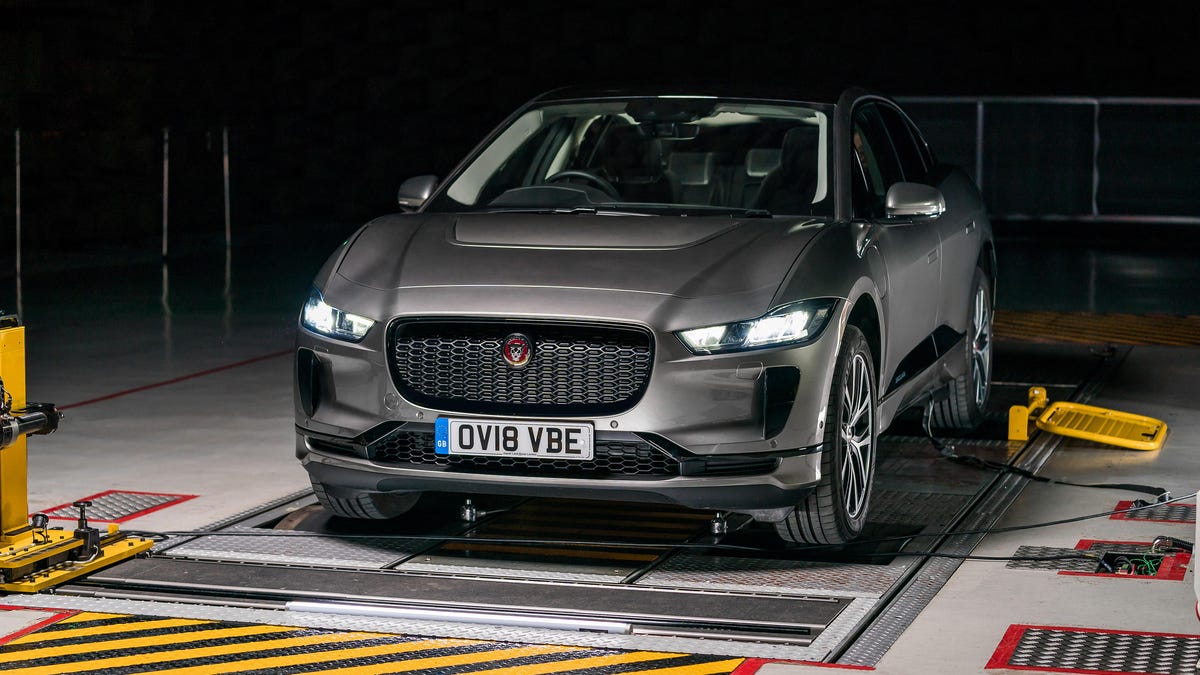Jaguar I-Pace originally sounded like a UFO, but people kept looking up
The automaker shelved its first EV warning system for something a bit more... grounded.

Governments the world over are working to solidify rules that require electrified cars to make "noise" when operating on electricity alone, in order to offer extra cues to visually impaired pedestrians. Jaguar had an interesting noise in store for the I-Pace electric SUV, but an equally interesting testing result sent them back to the drawing board.
Jaguar today released information about the I-Pace EV's "noise" and how it came to be. Originally, the automaker had planned to make the I-Pace sound like a "sci-fi spacecraft," but it was forced back to the drawing board after pedestrians kept looking up when they heard the noise, as opposed to looking where an oncoming car would be. Oops.
Thus, the I-Pace ended up with a still-spooky, but decidedly more terrestrial sound. It's a dynamic sound, rising in both pitch and volume as the vehicle speeds up, and the sound cuts out at about 12 mph, when tire noise is apparently sufficient to command pedestrians' attention. The sound comes from a speaker mounted behind the grille, and because it's mandatory (or soon will be) in most major markets, it can't be turned off. If you haven't come across an I-Pace in public yet, you can listen to the sound in the video below, which also offers a bit more history in how Jaguar created the sound.
Jaguar wasn't alone in the development of this sound, which the automaker refers to as the Audible Vehicle Alert System. Over four years, Jaguar's engineers helped make this sound, but when it came time to evaluate its efficacy, it turned to Guide Dogs for the Blind, a UK charity that focuses on helping the visually impaired. It tested its sound in all manner of environments, from regular city streets to special anechoic chambers.
The automaker got out ahead of most EV-noise legislations. Europe's legislation, claimed to be the strictest in the world, requires all EVs to make at least 56 decibels of noise under certain speeds starting in July 2019. Similar regulations in the US were pushed back at the behest of automakers -- now, automakers must add noise to all US-spec hybrids and EVs by September 2020, although half of every company's electrified lineup needs to be compliant one year earlier.

